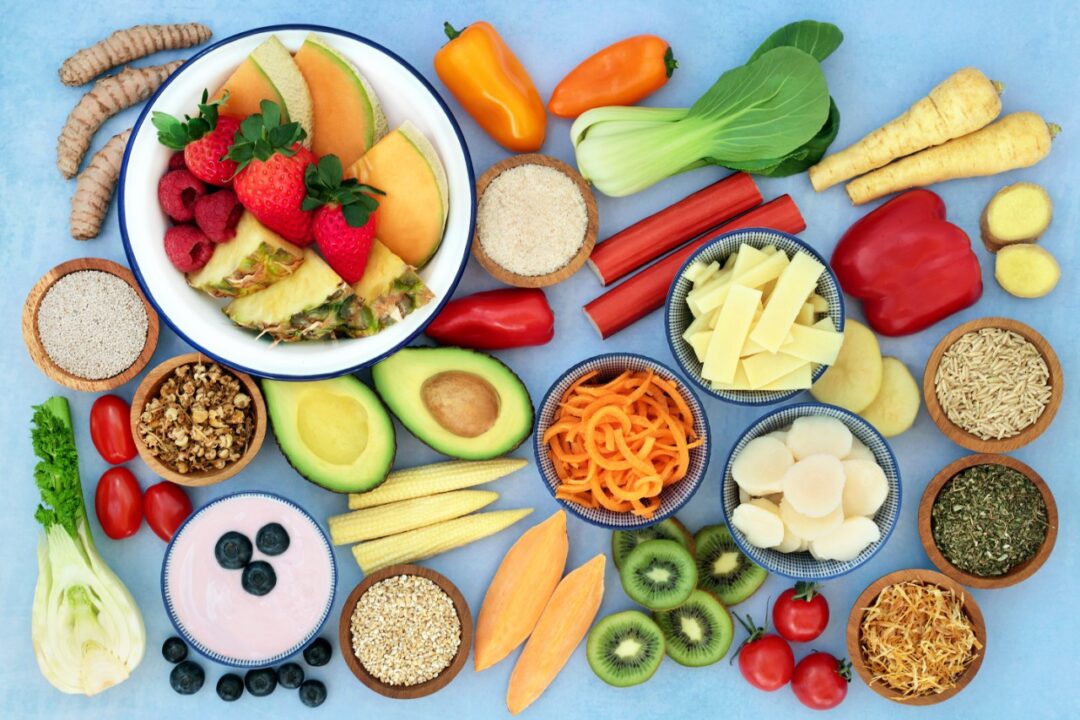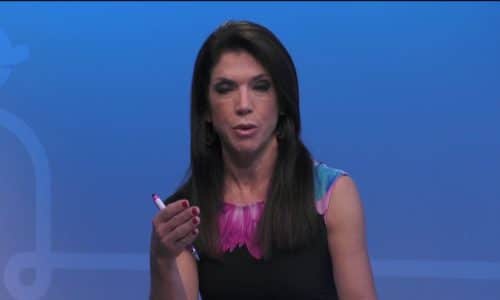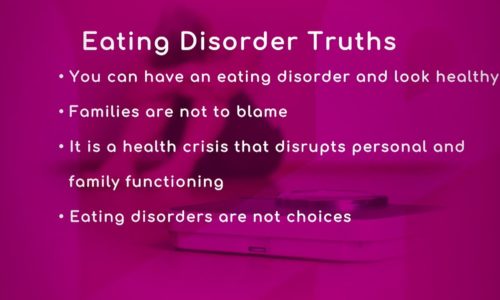What is the FODMAP diet and how can it help my IBS? |

In the last few years, we have been learning more about certain carbohydrates that can cause gastrointestinal distress. There have now been reputable studies to show that about 75% of patients with irritable bowel syndrome get significant relief from their symptoms almost immediately after starting a low FODMAP diet. In case you are thinking “What in the world is a FODMAP?” just keep reading and I think it will all become clear.
What does FODMAP stand for?
- Fermentable
- Oligosaccharides (a few sugars)
- Disaccharides (two sugars)
- Monosaccharides (one sugar)
- And
- Polyols (sugar alcohols)
Now what does that mean? What are FODMAPS?
FODMAPs are specific types of carbohydrates which are found in certain foods. Foods that do not contain any carbohydrates, such as meat, poultry, fish, eggs, butter, oils, and hard cheeses, are not a concern at all. FODMAPs are only found within foods that contain carbohydrates. A low FODMAP diet is not just a low-carb diet. These are very specific carbs which are fermentable.
FODMAPs include:
- Fructose – A naturally occurring monosaccharide sugar found in fruit, vegetables, and honey
- Lactose – A naturally occurring disaccharide found in dairy products
- Fructo-oligosaccarides – Found in wheat, onions, garlic, and other vegetables
- Galacto-oligosaccharides – Found in legumes, including beans, lentils, and soybeans
- Polyols – Sorbitol, mannitol, xylitol, and maltitol –often used as artificial sweeteners, but are also found naturally in some fruits and vegetables
Who should avoid FODMAPs?
People who have irritable bowel syndrome (IBS), a slow moving gut, or some other bowel disorders may not tolerate FODMAPs. They are not absorbed easily by the bowel. They draw water into your digestive tract, which contributes to bloating. They can be fermented by gut bacteria, which produces gas. For some people the combination of these properties can cause significant GI distress.
Avoiding FODMAPs is not necessary for everyone. Most people tolerate FODMAPs without a problem. In fact, some FODMAPs encourage the growth of beneficial bacteria in the gut, and are even sold as “prebiotics”. Even some people with IBS do not see improvement when avoiding FODMAPs.
How do you start a low FODMAP diet?
This is not a traditional diet. It is a learning process, with lots of trial and error along the way until you find out which foods make your symptoms worse, without avoiding the foods that don’t bother you.
Here’s how to start:
- Eliminate any products that list the ingredients fructose, crystalline fructose, honey, or sorbitol.
- Look over the list of foods that contain high amounts of FODMAPs (link below). If there are any that stand out to you as foods you eat often or foods that you think may be associated with your symptoms, cut them out first. If you feel a lot better, you may not need to do anything else.
- If not, try cutting out as many FODMAP foods as you can for about 8 weeks.
- After 8 weeks, you can start slowly adding FODMAPs back into your diet, one at a time, preferably with lower FODMAP foods first, although you may want to start with your favorite FODMAPs first. If you start having symptoms after adding a food back, it needs to stay on the list of foods to avoid.
If you are interested in learning more or trying a low FODMAP diet, try this link for more information, which also contains lists of low FODMAP foods to enjoy and high FODMAP foods to avoid.
https://livinghappywithibs.com/2013/04/20/about-the-low-fodmap-diet/
If you have any more questions just Ask Hanna, our health advisors are here to help. Dr. Anita Bennett MD – Health Tip Content Editor
Image: ©Shutterstock / marilyn barbone








